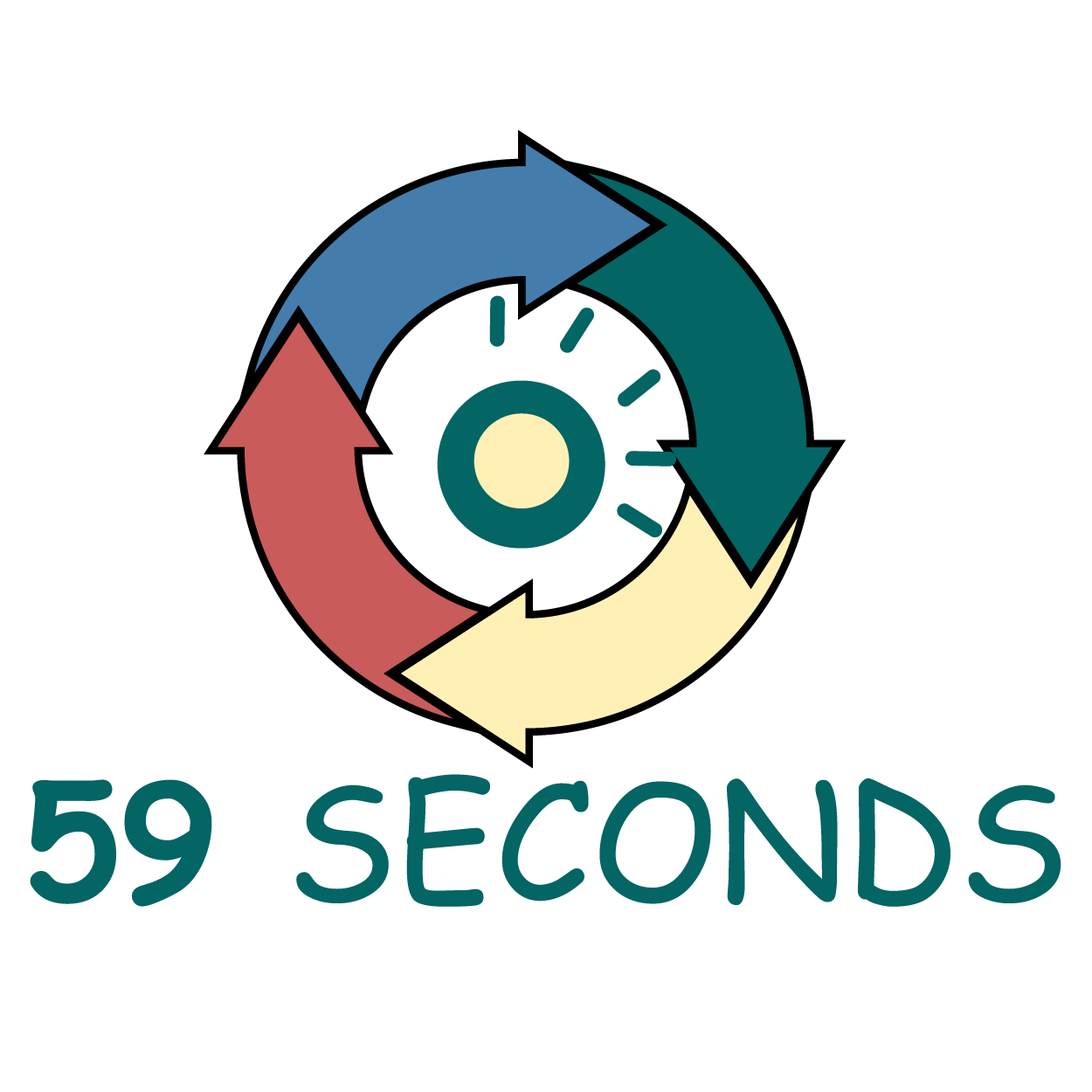
Agile Project Management – Part 5
Difference between Agile and Waterfall
Waterfall is a heavy, hierarchical approach that emphasizes procedures and documentation along with the software life-cycle. When a software is developed through Waterfall it’s going to follow basically six stages:
Requirements: the team will gather all the requirements for the software to be produced through meetings and interviews with stakeholders, including the customer.
Design: this stage is when the software is going to be designed, to translate the requirements into wire-frames and user interfaces.
Implementation: phase to create the code to put into effect the software designed. This code is the essence of the software development, that is what gives ‘life’ to the software.
Testing: time to test the code created to make sure that everything works accordingly to the requirements and design.
Deployment: now the software is completed and tested and it can be placed on the market to be used.
Maintenance: the last stage is to fix and correct possible errors found down the road as well as to make improvements where needed.
In summary, Waterfall believes that each phase of the software development needs to be completed before the next phase can start, to deliver the whole product at once at the hand of ensuring that everything is well documented and approved by the stakeholders.
Now, Agile has some contrasts to Waterfall but also some similarities: it believes that is more important to produce small portions of the software and deliver it constantly, making room for changes throughout the way. It emphasizes people over processes, it gives the development team the autonomy needed so they can work according to their time estimation and knowledge.
59 Seconds Training Video
<– Continue Reading –>
Master of Agile – Agile Scrum Developer With 59 Seconds Agile (Video Training Course)
Introductory Offer: Free Course
Master of Agile – Agile Scrum Developer With 59 Seconds Agile (Video Training Course)
What is this course?
This ‘Master of Agile – Agile Scrum Developer With 59 Seconds Agile (Video Training Course)’ provides an in-depth understanding of the Agile Scrum Developer roles and responsibilities
You will explore the Agile Scrum project life-cycle, including how an Agile User Story is created, to how we know when it is ‘done’
This course is aimed at those with or without prior knowledge and experience of the Agile values and principles
During this course you will learn the tools needed to succeed as an Agile Scrum Developer
What will you learn?
You will gain an in-depth understanding of the Agile Scrum Developer roles and responsibilities, and you will be able to
- Fully understand the role of the Agile Scrum Developer
- Understand the roles involved in an Agile project
- Create an effective Product Backlog
- Effectively participate in Scrum Meetings such as the Daily Stand-up, Sprint Review and Retrospective
- Identify the roles involves in the Scrum Team

What topics are covered within this course
You will cover the following topics during this course:
- An Introduction to Agile Project Management (Developer)
- The 12 Agile Principles (Developer)
- Introduction to Scrum (Developer)
- Scrum Project Roles (Developer)
- The Agile Project Life-cycle (Developer)
- Acceptance Criteria and the Prioritised Product Backlog (Developer)
- Initiating an Agile Project (Developer)
- Forming the Scrum Team (Developer)
- Epics and Personas (Developer)
- User Stories and Tasks (Developer)
- Implementation of Scrum (Developer)
- The Daily Scrum (Developer)
- The Product Backlog (Developer)
- Scrum Charts (Developer)
- Review and Retrospective (Developer)
- Validating a Sprint (Developer)
- Retrospective Sprint (Developer)
- Releasing the Product (Developer)
- The Communication Plan (Developer)
- Formal Business Sign-off (Developer)
Our Book Recommendations
We found these books great for finding out more information on Agile Scrum:
